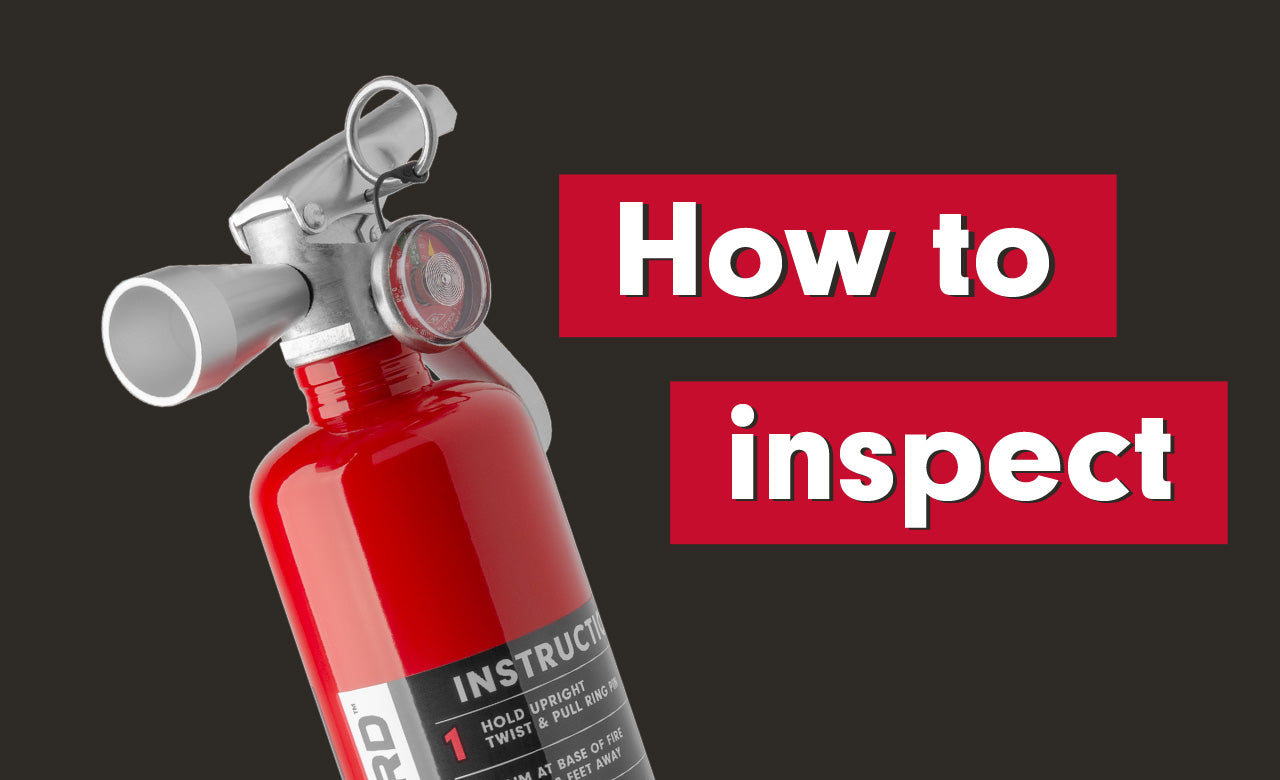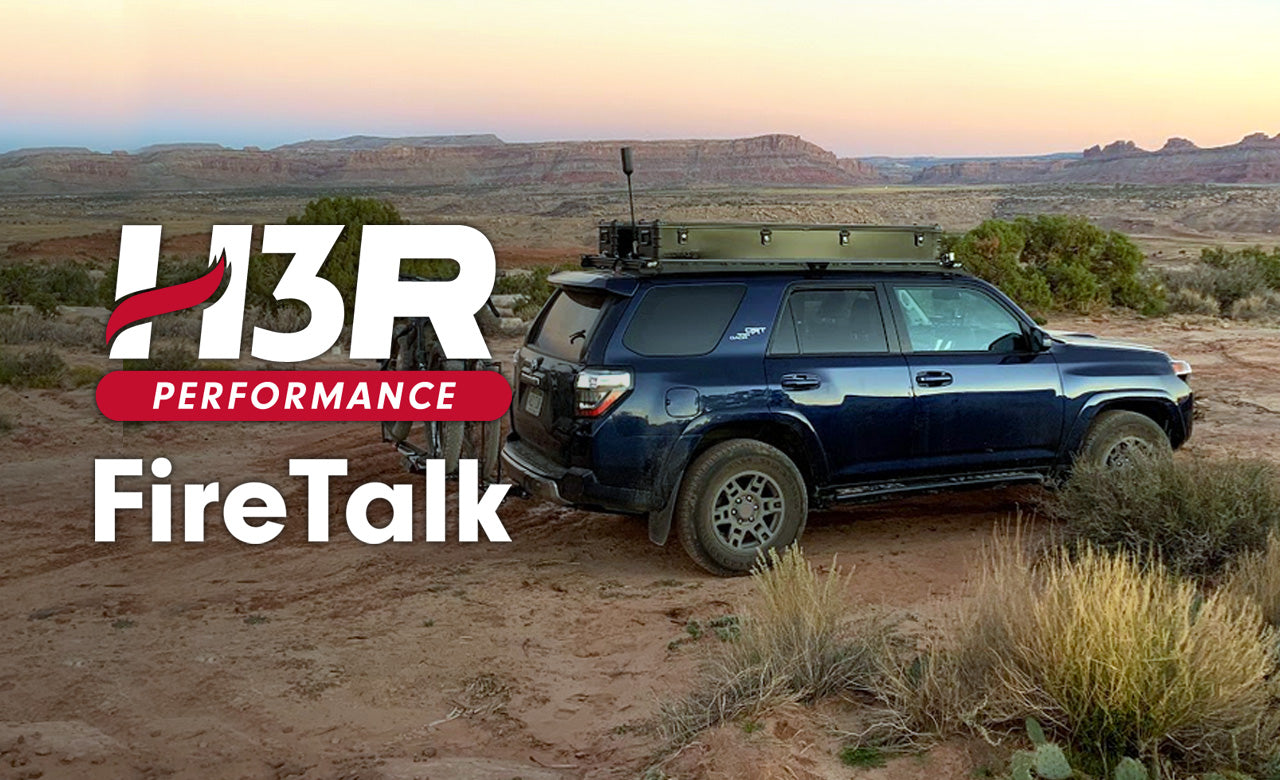What is fire extinguisher maintenance? Why should you care?
If you are reading this, you are likely the kind of person who likes to be prepared and who do your research ahead of time. Maybe you already have an extinguisher and want to know how to care for it properly. Good for you! Alternatively, you may be looking to purchase one and want to get a better understanding of what is involved. (If you are still trying to decide what to get, we suggest the following blog posts: What Size Extinguisher Do I Need For My Car? What Size Fire Extinguisher Do I need For My Garage? What Size Fire Extinguisher Do I Need For My Truck?)
You probably realize that extinguishers do not last forever. But how long do they last? Is there a way to be sure they are always ready? Can you just set it and forget it? In this blog post, we will answer all these questions and more so you will know exactly how to care for your extinguisher and make sure it is always ready to protect your investment and your life!
Do fire extinguishers need servicing?
Fire extinguishers require regular inspection and maintenance because they can leak over time or experience damage. That is why the label on a UL listed fire extinguisher directs that you install, inspect, maintain and test your fire extinguisher in accordance with the National Fire Protection Association Standard Code No. 10 “Portable Fire Extinguishers.”
Note: The owner’s manual included with your H3R Performance extinguisher includes a guide for inspection and maintenance that is in line with the NFPA guidelines.
Following is a summary. If you would like to read NFPA 10 in full, you can purchase it (or view a read-only version for free) online at www.NFPA.org.

Who does fire extinguisher maintenance?
You can do the monthly and annual inspections. If you find there is a simple issue like a dirty extinguisher label, or something that is blocking access, you can deal with this yourself. However, if there is a more significant issue like a broken tamper seal, or a gauge that reads in the red, you will need to have it serviced by a professional licensed by the state fire marshal. It is important that a licensed professional also do the 6 year and 12 year maintenance. We suggest checking online for a local company. You can also reach out to our customer service for assistance.
How to Maintain Fire Extinguishers
Monthly Inspection
At least once a month, pull your extinguisher from its bracket and look at the gauge. Is the gauge in the green zone? The needle should be at 12 o’clock at 70 degrees F. It will read higher if it is hotter and lower if it is colder. This is not a problem. UL tests ensure the extinguisher will perform in temperatures as low as -40°F, or as high as 120°F. If you are concerned that the extinguisher is over or under pressurized, condition it to 70°F for at least 24 hours, then check the gauge. An over or under-pressurized extinguisher should be serviced. More on that later.
Look for signs of corrosion or other damage. Is the safety tie that secures the pull ring intact? Broken safety ties should always be replaced with an appropriate tie (not a zip tie!).
It’s good to record the date of each inspection on the neck tag that is supplied with the extinguisher (though it can be recorded anywhere).
That is all there is to do for the first 11 monthly inspections!

Annual Inspection and Maintenance
The annual inspection is only slightly more involved. On month 12, you should wipe down the extinguisher with a rag and cleaning solution. If you use a stringent cleaner, be sure to avoid the plastic gauge, as some solvents can damage it. Cleaning the extinguisher increases your odds of discovering damage, and reduces the chance for corrosion to take hold (since dirt can trap moisture).
You should weigh the extinguisher without the bracket to determine its gross weight. If you documented the weight of the extinguisher when it was first installed, you can calculate whether it has lost weight, and if so, by how much. The UL label will note what weight loss is acceptable. If the weight loss exceeds this amount, the extinguisher needs to be serviced.
NOTE: Contrary to popular belief, there is NO NEED to shake a UL listed dry chemical extinguisher during an inspection (or at any other time). UL testing has proven that properly maintained and pressurized dry chemical extinguishers do not “brick-up.” When pressurized, the nitrogen gas is present between the dry chemical particles, and when the trigger is pulled, opening the valve, the gas expands and fluidizes the agent.

Every 6 Years
If your monthly and annual inspections don’t turn up any problems requiring servicing, the first maintenance service comes 6 years from the year of manufacture.
TIP: If your extinguisher has been exposed to temperatures above or below the operating range for extended periods, consider having the extinguisher serviced yearly. Extreme temperatures can damage seals, leading to premature pressure loss.
The 6 year maintenance involves emptying the extinguisher, inspecting all components and replacing any that are damaged or worn, and recharging the extinguisher with the proper agent to the manufacturer’s specifications. If the 6 year maintenance occurs 12 years from the date of manufacture, the cylinder must undergo a hydrostatic pressure test.

Rechargeable vs. Disposable
It should be noted that the inspection and maintenance requirements covered above are for rechargeable fire extinguishers. Inexpensive, “disposable” fire extinguishers are also sold. The inspection requirements are as described above, but if there is ever any issue with the extinguisher they are to be disposed of as they cannot be fixed. Disposable extinguishers can be used up to 12 years from the date of manufacture, after which they must be discarded. (Note: H3R Performance does not sell disposable extinguishers.)
Conclusion
As an automotive enthusiast, you are well aware of the need for regular inspection and maintenance of your vehicle, and such care is similarly important for your fire extinguisher. The inspection and maintenance protocols outlined in this article are simple to follow, and will help ensure that your extinguisher will function should you face a fire emergency.





